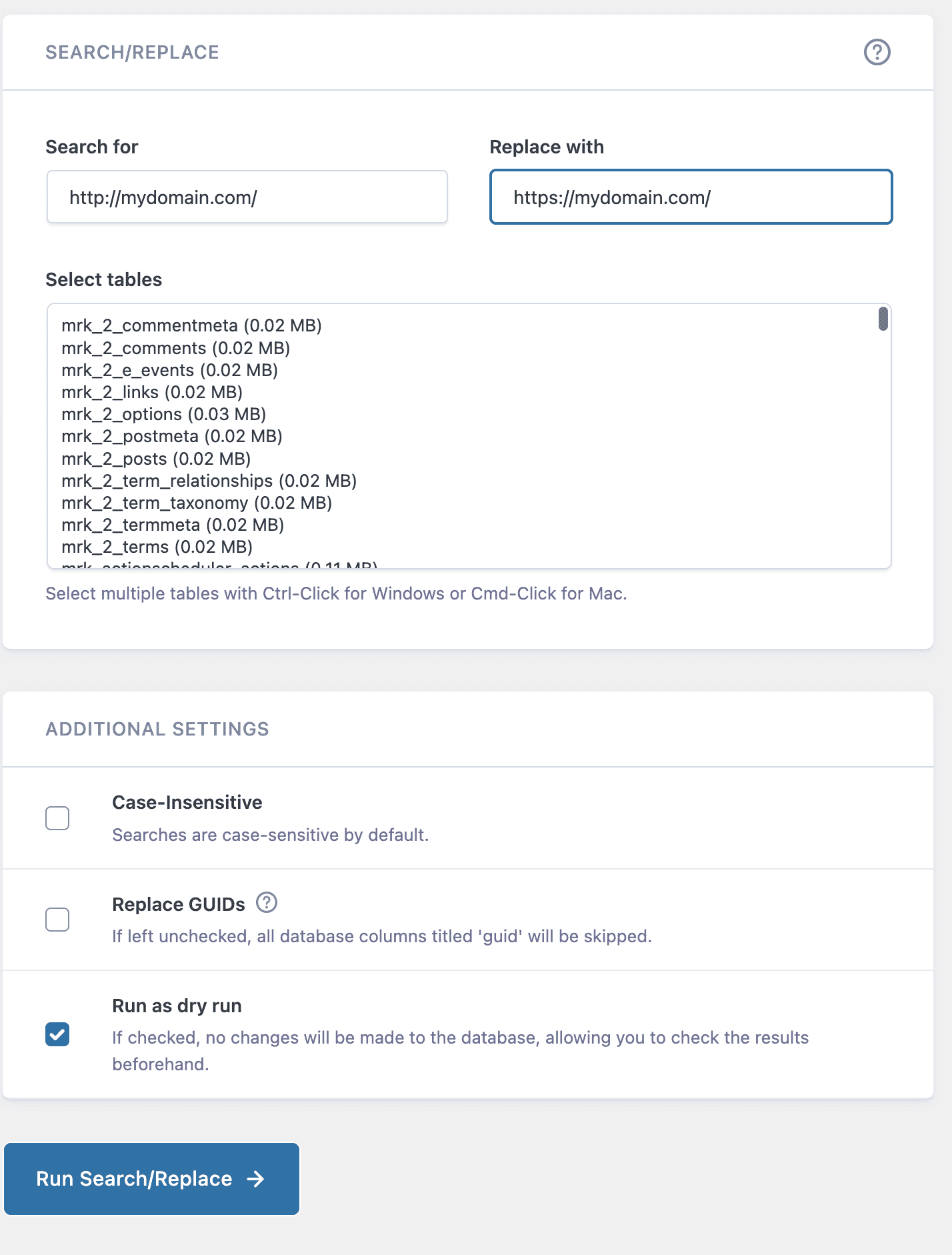Elementor is a powerful tool for creating stunning websites with ease. Occasionally, you may encounter issues, such as a messed-up menu, which can be frustrating to deal with. I have had to deal with those issues with a client website in the past, and each time it was frustrating to solve.
Identifying the Problem:
Before diving into solutions, it’s essential to identify the root cause of the messed-up menu. Here are some common issues you might encounter:
- CSS Conflicts: Conflicting CSS styles from your theme or other plugins can cause elements, including menus, to display incorrectly.
- Incorrect Settings: Misconfigurations within Elementor or your theme settings may lead to menu issues.
- Responsive Design Problems: Your menu might appear fine on desktop but break on mobile devices due to responsive design issues.
Troubleshooting Steps:
Now that we’ve pinpointed potential causes let’s explore how to fix them:
1. Check Theme Settings:
Start by reviewing your theme settings to ensure that your menu settings are configured correctly. Verify that the menu location is properly set and that any custom styling options do not conflict with Elementor’s styling.
2. Resolve CSS Conflicts:
Use the browser developer tools to inspect the menu element and identify any conflicting CSS styles. Once identified, you can override these styles either within Elementor’s custom CSS feature or by adding custom CSS to your theme’s stylesheet.
3. Review Elementor Settings:
In Elementor, double-check your header template settings, including the menu widget’s configuration. Ensure that the menu layout, alignment, and styling options are set according to your preferences.
4. Mobile Responsiveness:
Test your menu’s responsiveness on various devices using Elementor’s responsive preview mode or by manually resizing your browser window. Adjust the menu layout and styling to ensure a consistent experience across different screen sizes.
5. Clear Cache:
Sometimes, caching plugins or browser cache can cause display issues. Clear your website cache and browser cache to ensure that you’re viewing the latest version of your website.
6. Update Elementor and Plugins:
Ensure that you’re using the latest version of Elementor and any relevant plugins. Outdated versions may contain bugs or compatibility issues that could affect your menu’s display.
7. Check your SSL certificate:
Ensure that your SSL is properly enforced. Sometimes Elementor tries to fetch the CSS files over HTTP instead of HTTPS. Using the Better Search Replace Plugin check your database for HTTP URLS.

- Download the Better Search Replace Plugin
- Go to Tools > Better Search Replace
- Search for an HTTP domain (for example http://mydomain.com)
- Replace with the HTTPS domain (for example https://mydomain.com)
- Select multiple tables with Ctrl-Click for Windows or Cmd-Click for Mac.
- Check the box “Run as dry run” and Search

Better Search Replace will return the results. When you have checked the results, repeat Steps 3–5 above and Run Search/Replace.

8. Get Support
If you’ve exhausted all troubleshooting steps and still can’t fix the issue, contact us for assistance. Provide detailed information about your problem, including screenshots and steps to reproduce the issue.
Conclusion
A messed-up menu in Elementor can be frustrating, but you can quickly identify and resolve the issue with the right troubleshooting steps. By checking these settings, addressing CSS conflicts, reviewing Elementor settings, ensuring mobile responsiveness, clearing cache, and seeking support when needed, you can get your menu back on track and create a seamless user experience for your website visitors.

